Virtual Communities for Brand Promotion: Work Smarter, NOT Harder!
Promoting your business on social media has become a must today as well as participating in virtual communities for brand promotion. But do we clearly understand the purpose of spending so much time on social networks, forums, etc.? Let’s check this out together and maybe find some more working online marketing strategies we are not taking benefit of yet…
What do we mean by saying ‘social’?
When you think about social and mobile media in every organization, for profit, not for profit, government, everywhere, people understand all the new ways that one way media has left, or faded, or is only a player, and now it’s social.
There are a number of characteristics that make social very unique:
- The first is that it’s real time. That means that not only are people conversing in real time, but you can monitor that. And actually engage and come into the conversation as a result.
- The second is, it’s very content focused. And what that means is that, people are looking for content that relates to their lives and the challenges they’re facing, both as an individual and professionally.
- The third is multimedia, which means a lot of times we think in business in terms of putting out white papers and articles, but also video’s playing a bigger and bigger role. For example, in the United States, YouTube is the second largest search engine, only under Google. Also, it has a very diverse delivery. There’re multiple levels of social that will really help us get the content to the right people.
- The other thing is, it’s very customer controlled. Actually, it’s people creating sites to link up with other people. It’s really a hallmark. And the fact that people are seeking expertise on a worldwide basis really makes it unique. If you want proof, take a look at a site that lots of people really like to use. It’s called wefeelfine.org.
Ok, that’s the upside and what’s the biggest misconception about all of that activity?
A lot of people, when they think of social, they think of the social networks. In the United States it’s like Facebook and there’re other ones across the world. The key is that social networks are basically built by companies to link up people in a social conversation. But those conversations are very wide and not really very deep. In other words, there are people talking to each other but they’re also talking to other communities.
There’s another side of social that’s very important from a business, as well as a content perspective. And that is the virtual community.
Virtual communities are formed by people linking together by themselves to deeply discuss a topic or a subject of interest to them. In plain English, this is where the real deep conversations are going on, both with text and video, and audio, about topics that both professionals and consumers find very important.
If communities are that important why people seek them out and what does that mean for the content creator/marketer of a brand?
Actually there’re two reasons that communities form:
- Virtual communities form first off based on our passions. Put differently, there are things that we’re deeply passionate about, and very motivated to talk to other people about. And so passions become things that create communities on multiple levels.
- The second thing, the reason that they happen, is based on trigger events. A trigger event can be something in our lives, like an intention to retire, to get a new job, to move. But it can also be external events, like there was just a hurricane, or a tornado, or something that people feel passionate about, an event that happens.
Those are reasons why virtual communities come together, both in the terms of passions as well as trigger events.
How are virtual communities important when it comes to distributing content?
Well, the thing to keep in mind is that a virtual community is basically on a mission. And what they’re trying to do is two things:
- First, they’re looking for experts who can help them on their mission.
- And they’re also then looking for a place where they can dialog with other community members about what they heard from the experts and what their opinions are.
And so these communities are basically self-forming. And the thing to take a note of is that they have multiple levels. When you look at a social community or a virtual community, basically there are three rings that are important.
At the center are the experts, and these are the people that are the trusted agents and the experts in that particular topic area. The next ring out are the influentials, these are bloggers who are essentially talking to thousands of people about the very topics of interest. And they are very influential in terms of saying: “Here are the topics that we need to do. Here are the trends we need to keep track of”. At the outer ring of that are the occasionals.
And the key is, occasionals are people that are occasionally in the market, and occasionally outside. The real key is that if we put out a great piece of content, the influentials will pick it up and they will talk to tens of thousands of the occasionals. And in that way, an idea or a piece of content we could go put out will actually go viral. And so, they’re always looking for exceptional ideas and then let it go viral through the community.
If success in social is developing timely and relevant content, why and what are social visitors really seeking?
Basically there are two things a social visitor is seeking:
- First off, they’re looking for clarity. “Help me understand what’s going on.”
- And they’re also seeking guidance. I.e., what we want is someone who’s an expert. Who can say, here’s the things you ought to be focused on, and here’s the things you ought to be considering to help make sense in a very complex and confusing world.
How can organizations or individuals in them, determine what is particularly relevant to social visitors?
If you really want to make a connection with a virtual community or a group on a social network, what you have to do is three things:
- The first is understand the mission that they’re on.
- Then identify the hot topics that are of interest to them.
- And then help them filter through the amazing amount of content that’s available and focus them on what is really relevant.
Basically to understand where a virtual community’s going, you have to understand the mission and find where they’re moving forward and what they’re trying to address within the community. To do that you should to first do a diagnosis. And that is to monitor the social community, the virtual community, and figure out what is the challenge that they’re trying to address. What problem are they trying to solve?
The second thing is develop a guiding policy. And what that means is how you can help them deal with it? Otherwise stated, what is the overlap of your expertise with their needs that you could drive them forward? And then based upon that, what are the coherent actions you could take? By coherent actions a set of activities is meant. It could be putting out videos; it could be writing articles; it could be doing webinars that would help that group move forward and address the mission that it’s on.
Within that then or perhaps around it, what is meant by filter and focus?
Well, what you’re looking for is compelling content. And by compelling, it means something that is urgent for them to read. And basically there are some tips there for you:
- First off, you would need to have a very compelling headline. You know that people are looking for solutions. But they don’t have time to look a lot. So you want it to be something that grabs their attention.
- Then tell them its importance, more detail, why is it important for them to read this or watch this video?
- You want to establish your expertise. Tell them what is your right to tell them the things that will solve their challenge.
- And then keep it very short. What we would like to do is have a short summary stressing the importance of taking some action items. You may tell them some information that’s useful for them, but then boil it down to three action steps. “Here are the one, two, three things that I would recommend you do”, that gives them a reason to move to action, and it makes your content much more compelling. Not only tell me something, but tell me what to do as a result of it.
If a person is in this community, and the community forms increasingly in the cloud, does that mean that he/she ignores the social networks?
Not at all. The key thing that you want to do is to remember that your virtual communities are forming and interacting at all levels of the social cloud. So at the top, you have the big social networks. Those are the Facebook, Twitter, and other ones in the US. And then there are different ones across the world.
And that’s the top of the pyramid, but the next level down you have the passion communities. These are where people are talking about things they are very passionate about in their lives. The next level down we have, essentially, the thought leaders and the bloggers, as well as the video sites. At the bottom we have the virtual communities, and the key is: we can link up to them at all levels, because they’re all there.
Actually the question is “How can I make maximum impact with minimal resources?” If you think about web design, while you may put out a lot of articles on your website, nobody’s going to go there to read them. Because the communities that are talking about it are blissfully unaware that you even exist.
And so the key is, you’ve gotta go to them. And so by using a monitoring system, you need to identify where there are people talking about this. There are people across the world talking about web design and thousands of topics. And they would love to know your content exists, but they don’t know that.
And so what you need to do is to develop a plan to take the contents that you’ve done and essentially go multimedia.
For example, you may take an article that you wrote on web design, well, why not make it into a couple of two or three minute videos and putting them on a place like YouTube where people could watch them? And maybe you’ll go to a blogger who’s talking a lot about the concept of web design and development and you’ll just let them know that, hey, this is a great piece of work I’ve done. It would be really relevant to your article.
They’re looking for content to drive out to their thousands of readers. And so what you want to do is you want to reach out to the social community, because these virtual communities are not going to come to you, but that’s how you get maximum impact.
You do a larger article, make it into a bunch of videos, and make it into some blogs. You can start a blog for nothing. And then go out and tell the people that are looking for the content, that you’ve got the content. And in that way, you become an expert. And they become very engaged with you, as well as with your small web design agency.
In fact the advice as part of this is, to go multimedia
Never forget, you need to work smarter, not harder. And the key is, you can write things but most people don’t have time to read a big article. They don’t have time to look at a white paper. But you give them a couple minute video on what you’ve done and three major action items, they might listen to that while they are having lunch in the office. They could listen to it at home very easily.
And so what you want to do is you want to realize that the world is now digital. It’s no longer print. And as digital, we want to think about how we can use audio assets, video assets, as well as articles in print, to get to the markets that we want. And as you think about the younger people, they’re more likely to watch a video than they are to read an article. And that’s why YouTube is the second largest search site, it’s because people are out there.
So it’s recommended thinking about doing something big, then making a lot of smaller things, then marketing that out to the communities that are interested in it to let them know you’ve done the content.
Bottom line: do one big piece and then divide it up into different kinds of pieces and packages and content
In today’s world, we are so busy that we don’t have time to create 10 or 20 great pieces. So let’s do one that’s really super on the example of small web design agency. And then let’s take that and make 30 different things that we can market out, in terms of blog articles, in terms of videos, as well as many articles that people can read with three accent items. And essentially what we’ll be doing is we’re going to be working smarter and not harder.
I sincerely hope that this piece of content was useful for you and now you clearly understand why it is so important to participate in virtual communities when promoting your brand and how to get better results without putting in too many efforts. Please like and share this article if you consider it worthy. You are also welcome to share your experience with virtual communities/SMM/brand promotion. Maybe you have your own secret one-two-three tips that will keep away from pains those companies/individuals who are only starting their business?
Thanks and have a nice day!
Get more to your email
Subscribe to our newsletter and access exclusive content and offers available only to MonsterPost subscribers.



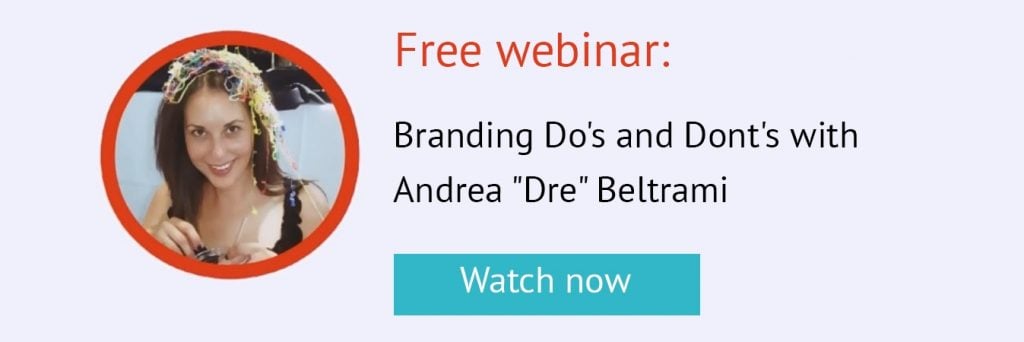

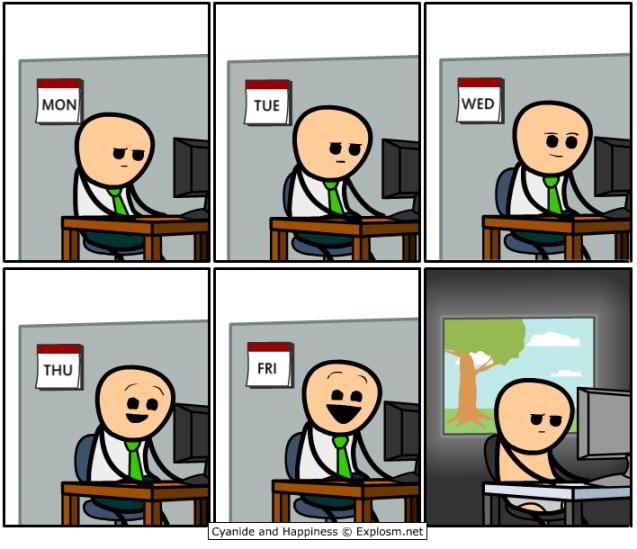
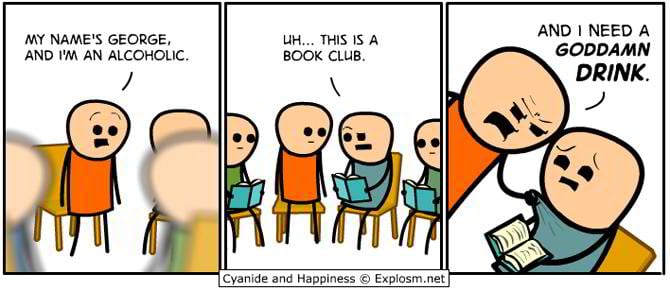



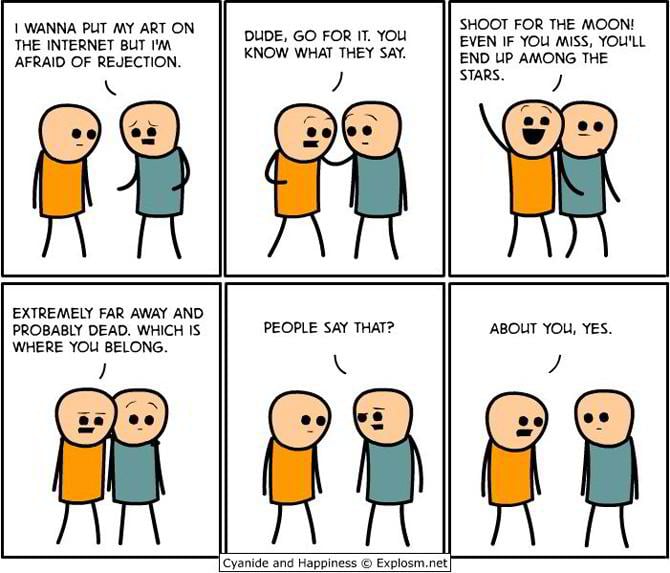
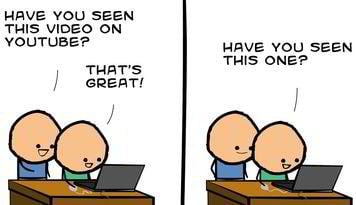

Leave a Reply
You must be logged in to post a comment.